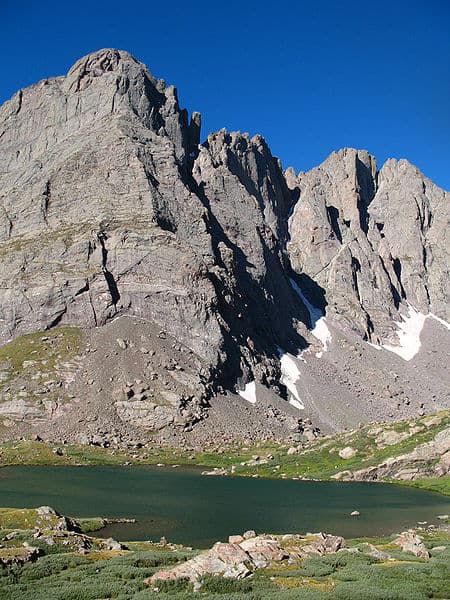 Here’s a piece in New West today.
Here’s a piece in New West today.
Here are some quotes:
STATE OF THE FOURTEENERS
As far as the peaks themselves are concerned, however, the USFS proposal is coming from a real place. The ecosystem at 14,000 feet is very fragile and overuse is a true problem in certain areas, particularly those summits that have easy, almost drive-up access.
“There is plenty of scientific data that shows how the effect of a human walking across the tundra is very different from someone walking across the grass in Denver or Fort Collins,” explains Ryan Hollamby, a graduate student in the Department of Geography and Environmental Studies at the University of Colorado at Colorado Springs, who has spent the past year climbing almost every one of Colorado’s 54 fourteeners. “The high country ecosystems are very fragile.”
In particular, Hollamby says, crowds at high elevations contribute greatly to increased erosion and overall pollution, both in the form of human waste and general hiker garbage. Beyond that is the sometimes unseen impact that use can have on animal movements.
“When we see bighorns down by campsites, people don’t think about how they’re changing the animals’ movements and their behaviors,” Hollamby says, explaining that many high country species are attracted to the salt found in human urine. “But we’re altering their patterns more than many people realize by not practicing good, ethical hiking.”
TOWARD A SOLUTION
But will a fee help solve the problem? So far, the consensus is “no.” Although something needs to be done to better protect the fourteeners, most watchers feel that a fee is not the best way to go about it.
“Any person who goes up [to the basin] on a busy weekend will understand why the Forest Service is doing what they’re doing,” says Hollamby, “It’s a mess up there. But there are better ways to combat it – making approaches longer, making trailheads less accessible.”
Is it about regulating people’s behavior or just keeping them out? A fundamental question for 21st Century public land management.